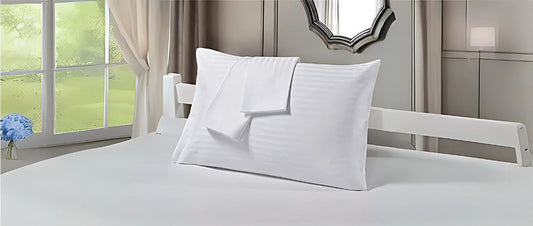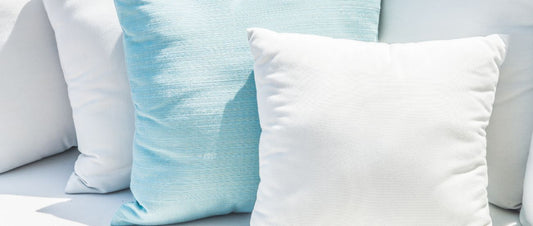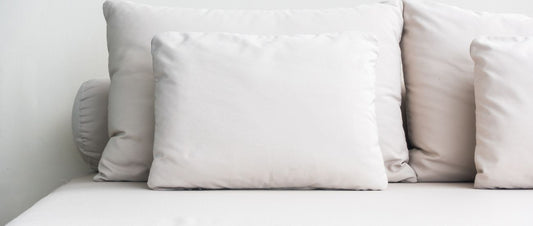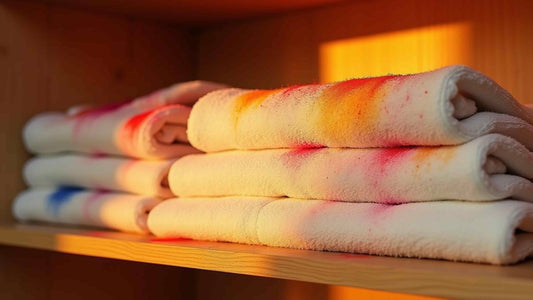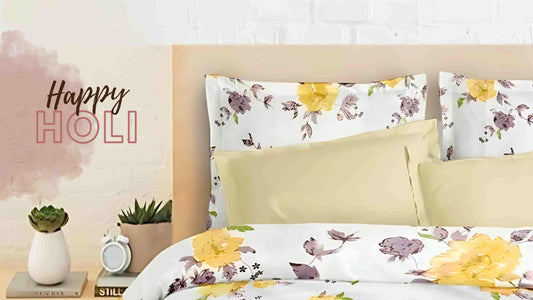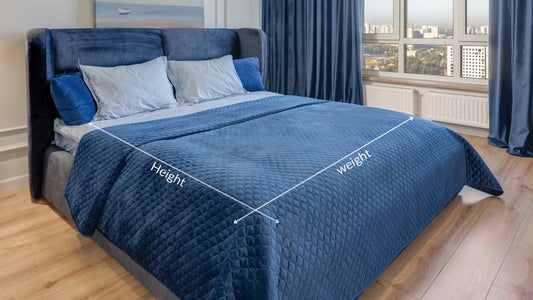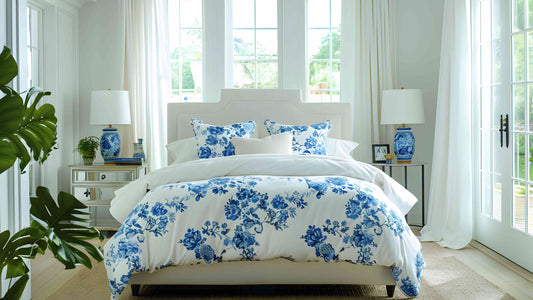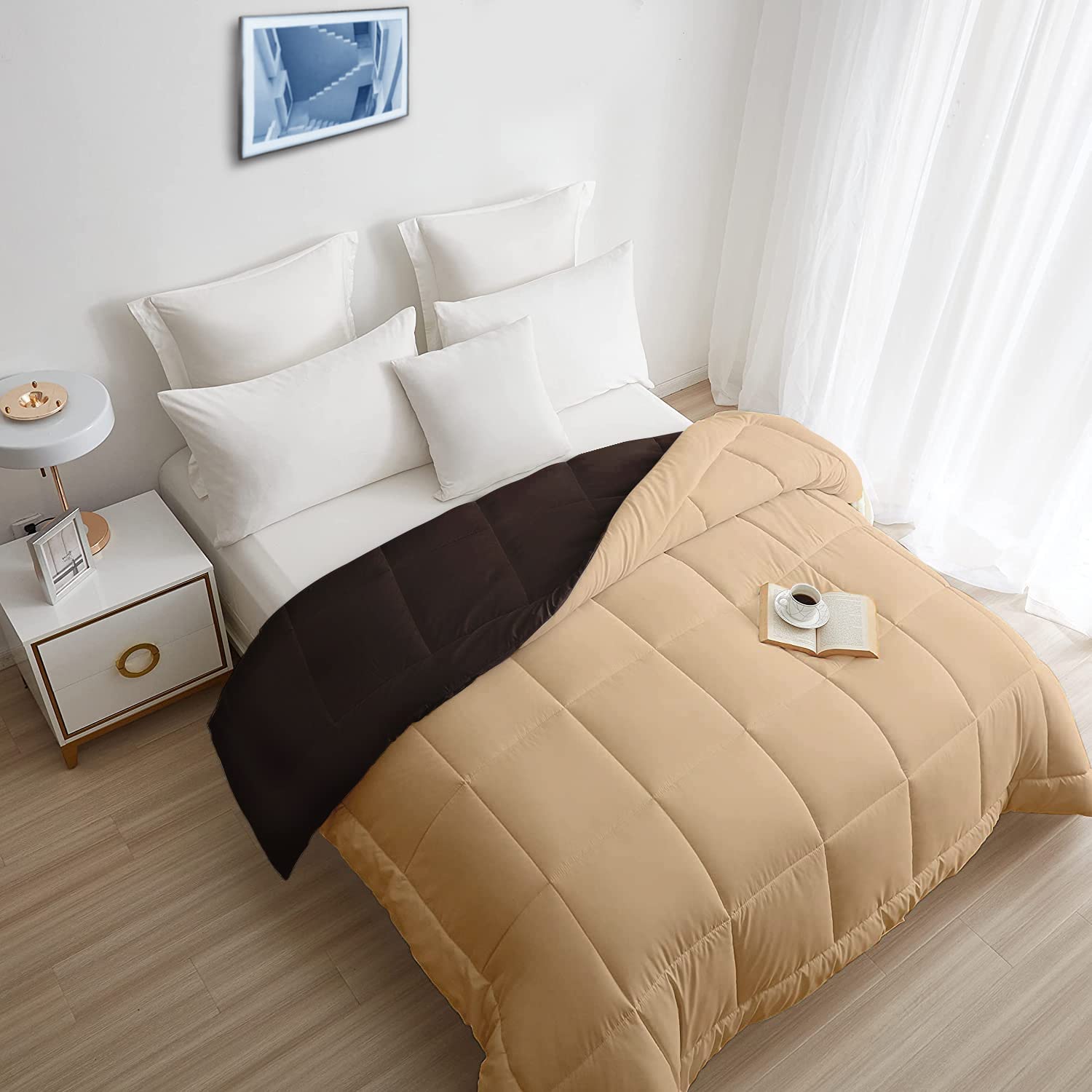If you've ever shopped for bedsheets, you've likely encountered the term "thread count" prominently displayed on labels. It’s a term that sounds technical but plays a key role in determining the quality and feel of your bedding. So, what is thread count in bedsheets, and why should you care?
Let’s unravel this bedding mystery and understand what it means for your comfort.
What are Thread Counts?
Thread count refers to the number of threads woven into a single square inch of fabric, encompassing both the horizontal (weft) and vertical (warp) threads. It is a key indicator of the fabric's density. A higher thread count often indicates a smoother and softer fabric, but there’s more to the story than just the numbers.
To put it simply, Thread count = (number of horizontal threads) + (number of vertical threads) per square inch.
For instance, if a bedsheet has 100 horizontal threads and 100 vertical threads woven in each square inch, its thread count is 200.
Why is Thread Count Used in Bedsheets?
The thread count is often associated with the quality, durability, and feel of a bedsheet.
Here’s why:
- Softness: Higher thread counts typically result in smoother and softer fabrics.
- Durability: A densely woven fabric tends to last longer.
- Breathability: Thread count can impact how breathable the fabric is. While higher thread counts are luxurious, extremely high numbers might trap heat, making it less ideal for hot climates.
- Aesthetic Appeal: A higher thread count often has a sleek and polished look, making your bed more inviting.
Different Types of Thread Counts in Bedsheets
When it comes to thread count, one size does not fit all. Let’s break down the types of thread counts you’ll encounter and what they mean:
1. Low Thread Count (Under 200)
- Features: Coarser texture, less expensive, more breathable.
- Best For: Casual use, budget-friendly options, hot climates.
2. Mid-Range Thread Count (200-400)
- Features: A balance of softness, durability, and breathability.
- Best For: Everyday use; these sheets provide good comfort without breaking the bank.
3. High Thread Count (400-800)
- Features: Luxuriously soft, smooth, and durable.
- Best For: Those seeking a premium feel; perfect for cooler climates.
4. Ultra-High Thread Count (800+)
- Features: Extremely soft but may feel heavier; often comes at a premium price.
- Best For: Luxury seekers who prioritise softness above all else.
|
Thread Count Range |
Texture |
Breathability |
Durability |
Best Use Case |
|
Under 200 |
Coarse, crisp |
High |
Moderate |
Budget-friendly, casual use |
|
200-400 |
Smooth, soft |
Balanced |
Good |
Everyday comfort |
|
400-800 |
Luxuriously smooth |
Moderate |
Excellent |
Cooler climates, premium feel |
|
800+ |
Silky, heavy |
Low |
Exceptional |
Luxury bedding |
How Much Thread Count is Good for Bedsheets?
Choosing the right thread count depends on your personal preference, climate, and budget. Here’s a quick guide:
- For Everyday Use: A thread count between 200 and 400 offers the best balance of comfort and durability.
- For Luxury: Look for sheets in the 400-800 range for a silky, hotel-like feel.
- For Hot Climates: Opt for lower thread counts (under 200) with breathable fabrics such as cotton or linen.
- For Cooler Climates: Higher thread counts can help retain warmth and feel cosier.
Remember, thread count isn’t the only factor. The material (like cotton, bamboo, or microfiber) and weave (like percale or sateen) are equally important.
Does Higher Thread Count Always Mean Better Quality?
Not necessarily. While a higher thread count can indicate softness and durability, excessively high counts (i.e. 1000+) can sometimes be a marketing gimmick. Manufacturers may twist multiple threads together to inflate the thread count, which doesn’t always translate to better quality. Instead, focus on trusted materials like Egyptian or Pima cotton and reputable brands. A 200-thread-count sheet in high-quality cotton can feel better than a 1000-thread-count sheet made from inferior fibers.
Weave Styles and Their Impact on Comfort
The weave style also influences how your sheets feel. Percale weave creates a crisp, lightweight fabric perfect for hot climates, while sateen weave delivers a silky and luxurious texture, ideal for colder seasons. Understanding the interplay between thread count and weave style can help you find the perfect balance for your needs.
Decoding Misleading Marketing Claims
Not all high-thread-count sheets are created equal. Many manufacturers inflate thread counts by twisting threads together, leading to misleading numbers on labels. Knowing how to identify genuine thread counts can save you from falling for marketing gimmicks.
Thread count in bedsheets is an essential factor that influences the comfort, quality, and durability of your bedding. However, it’s not the only consideration. By understanding thread counts and balancing them with material and weave, you can choose sheets that suit your lifestyle and preferences.
The next time you’re shopping for bedsheets, you’ll know exactly what to look for. And if you’re looking for quality and variety, remember that Enchant Home offers everything you need to elevate your bedroom experience – all at your fingertips!
Why Choose Enchant Home for Your Bedding Needs?
At Enchant Home, we understand the importance of comfort, durability, and style in your bedding. Whether you’re looking for soft and breathable bedsheets, cosy comforters, lightweight dohars, or versatile bed covers, we’ve got you covered.
Explore our wide range of premium bedding products designed to suit every preference and season.


